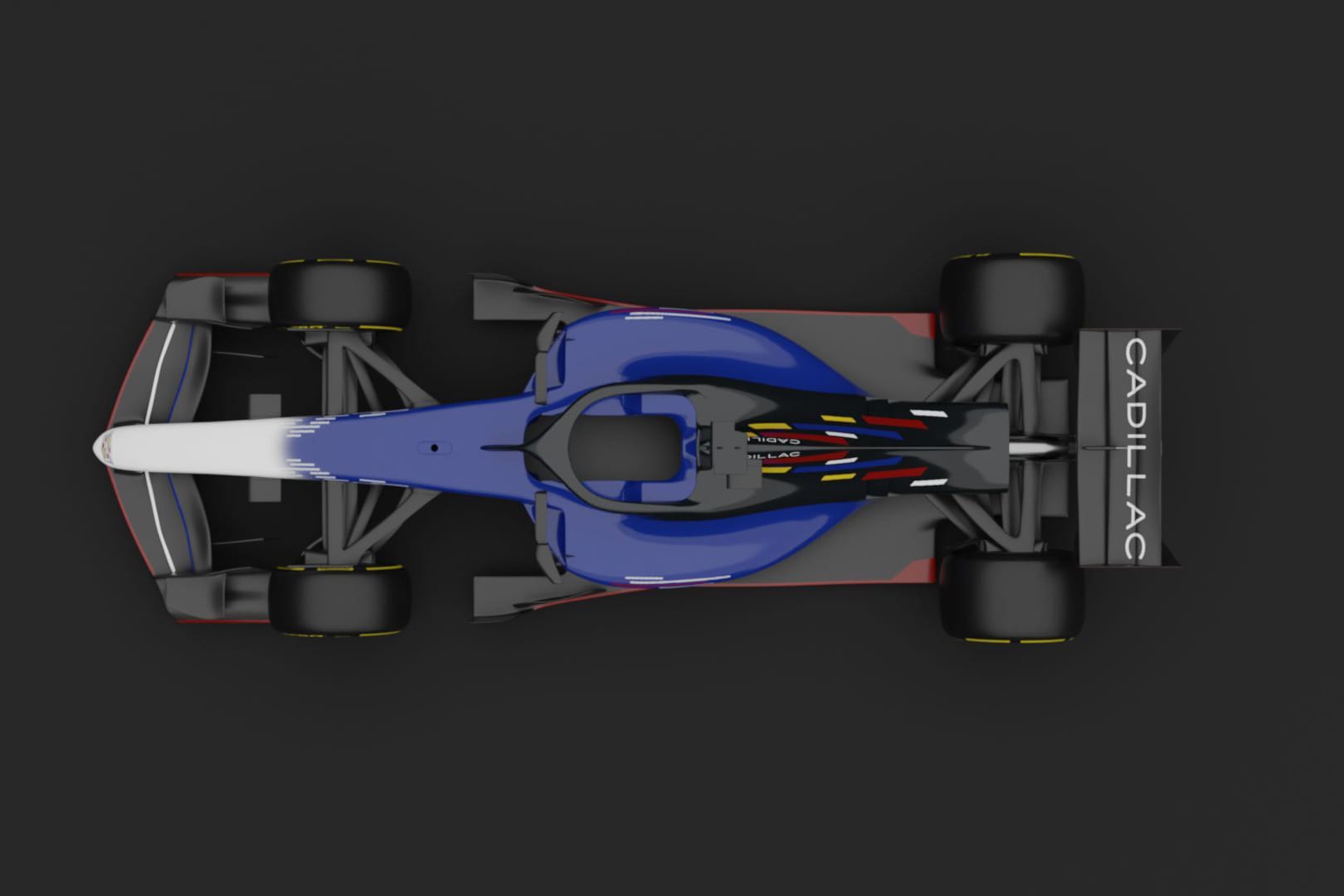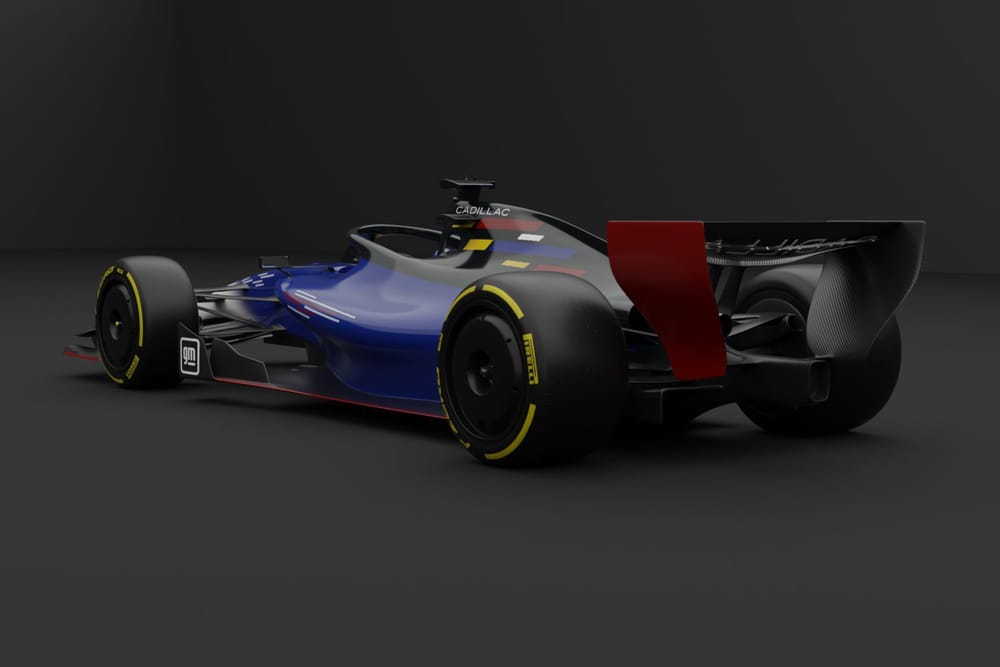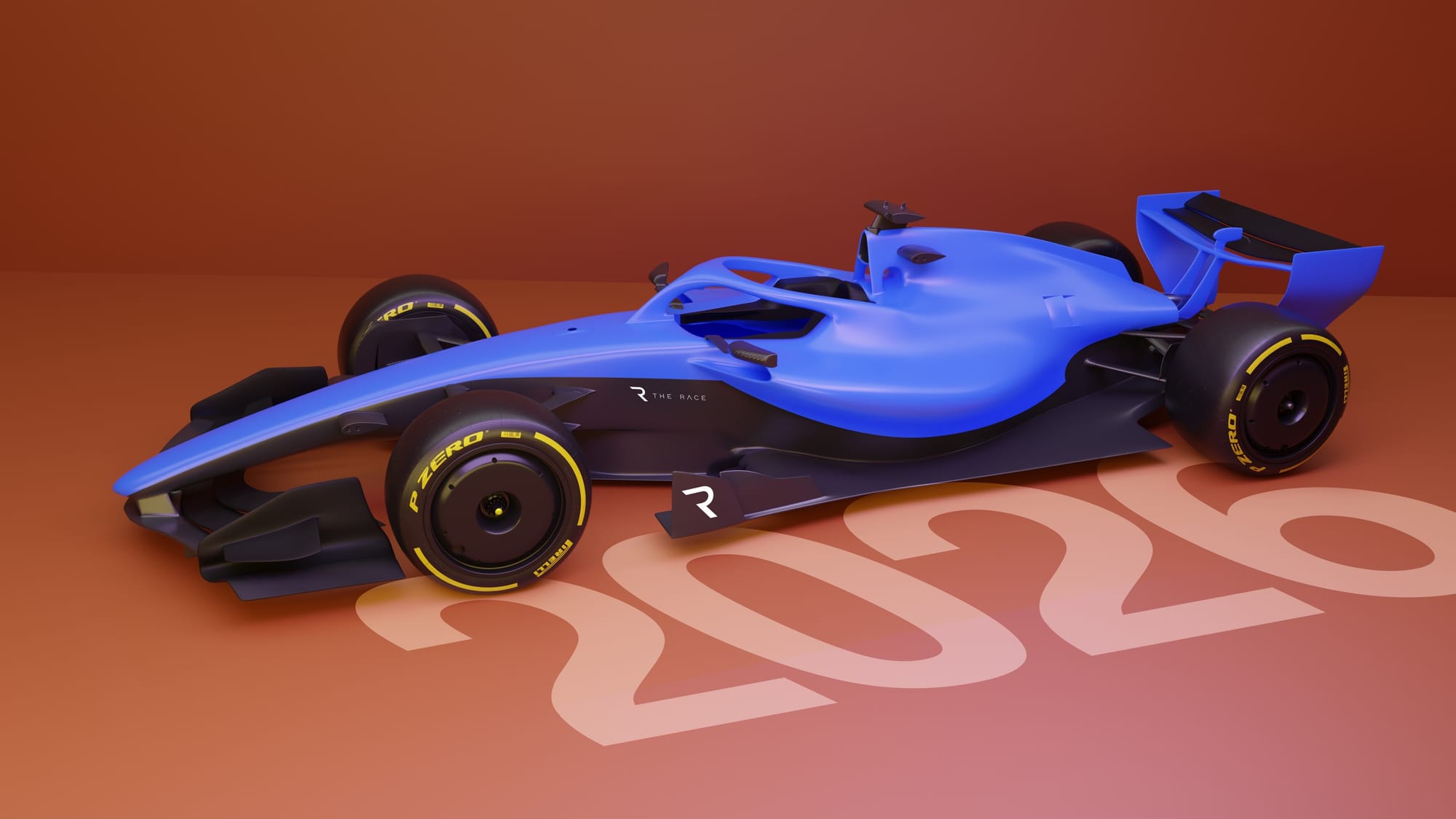Cadillac has officially rolled back its entry to become a Formula 1 engine supplier until 2029, which opens the door for it to enter at the same time the series could switch to a simpler V8 or V10 alternative.
The American manufacturer had originally registered to become an F1 engine manufacturer from 2028. In the meantime, its new F1 team would run with customer Ferrari engines.
But following suggestions over the past few months that Cadillac may not stick to that timeline, on Wednesday it was announced by the FIA that parent company General Motors has now been officially approved to join F1 from 2029.
The timing of that date is interesting because that is the year that the FIA is eyeing as a point when F1 could move away from turbo hybrid engines and towards a cheaper and simpler power unit - like a V8/V10 that runs on fully sustainable fuel.
The idea for the 2029 engine proposal is for the power split between the ICE and battery to shift from the 50/50 on the table for next year to a 90/10 balance.
A simpler kinetic energy recovery system and smaller batteries will be much more cost-efficient, will not leave cars in economy drives like they may be next year, and will also have an impact in reducing car weight - which remains a hot topic in F1.
The Race understands that early estimates put the future engine as being 60-65% cheaper than the turbo hybrids coming for next year, as well as being around 80kg lighter.
Cadillac was one of the manufacturers that joined the recent V10 engine summit in Bahrain, where FIA president Mohammed Ben Sulayem invited senior manufacturer representatives to discuss the long-term vision for F1.
While a move to V10s was resisted in the short term, as it was agreed that efforts should be made to ensure the 2026 regulations are a success, the prospect of a change coming for 2029 remains on the table - especially if the new rules hit trouble.
With it agreed that nothing should change before 2028, an entry for Cadillac that season would not have made sense if there was a prospect that that would be the final year of turbo hybrids.
That would have forced it to spend many millions of dollars on developing a new hybrid engine, only for it to risk it being ditched after one year.
Instead, the 2029 timeline should now give it a bit of breathing space to see in which direction the rules head before it needs to commit fully.
The next step

Cadillac is already developing and testing engine technology, and appointed veteran Russ O'Blenes as the CEO of its new GM Performance Powerunits company.
It plans to open a dedicated engine facility for the F1 project near GM's Charlotte Technical Centre in 2026.
Speaking about the FIA's approval for 2029, O'Blenes said: "With this approval from FIA, we will continue to accelerate our efforts to bring an American-built F1 power unit to the grid."
Cadillac's entry has been viewed by FIA president Ben Sulayem as vindication of his decision to open up the F1 entry process for the future.
With Cadillac's team joining next year and its power unit now arriving in 2029, Ben Sulayem has welcomed the developments.
"Over two years ago, the FIA approved the entry of an 11th team into the FIA Formula One World Championship, guided by my vision to expand the grid and bring new talent and opportunity to our sport," he said.
"Although the process was at times challenging, the progress we see today affirms the journey has been worthwhile."




